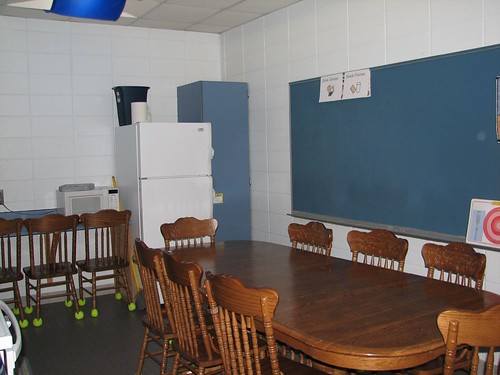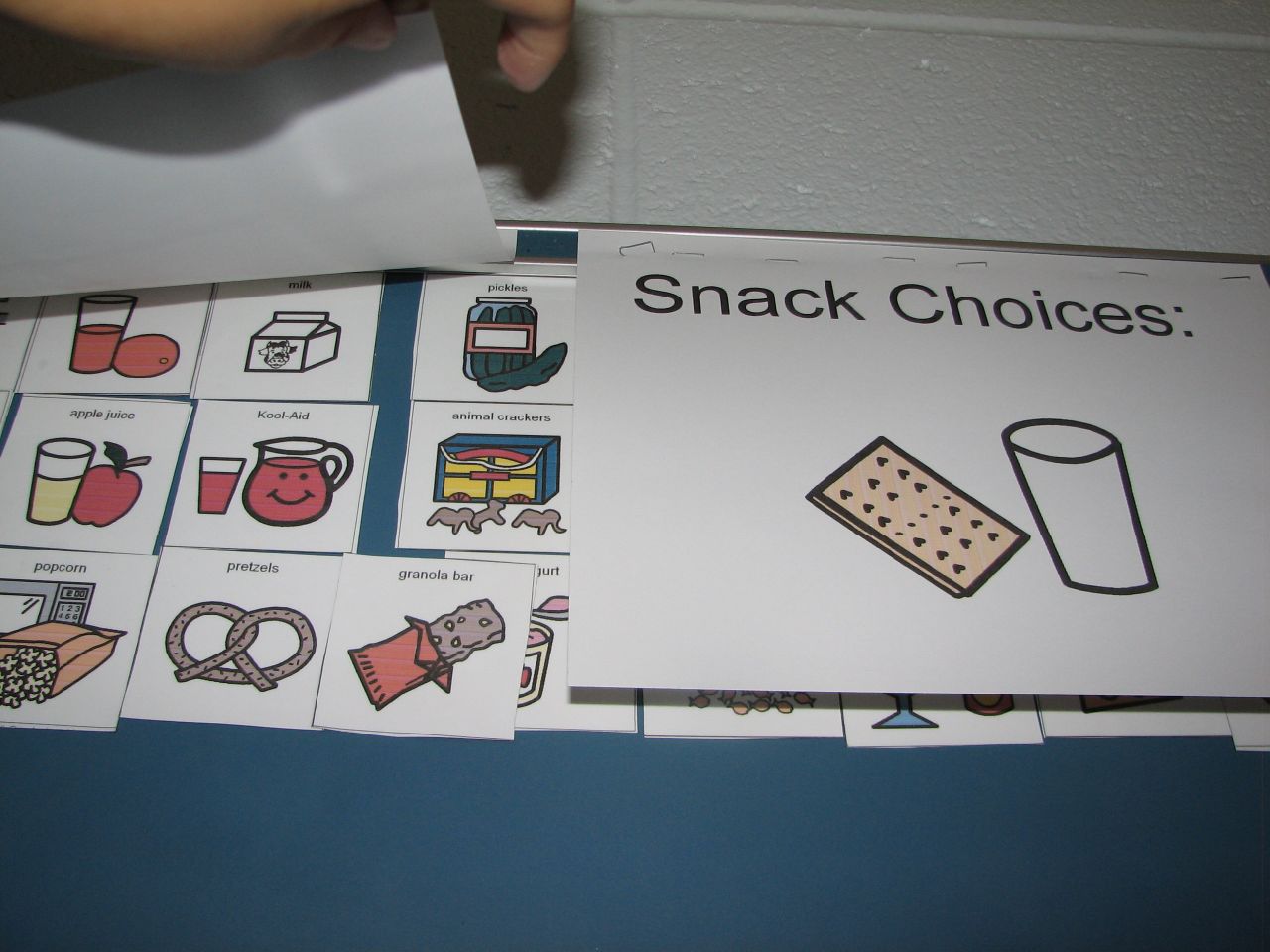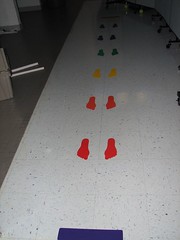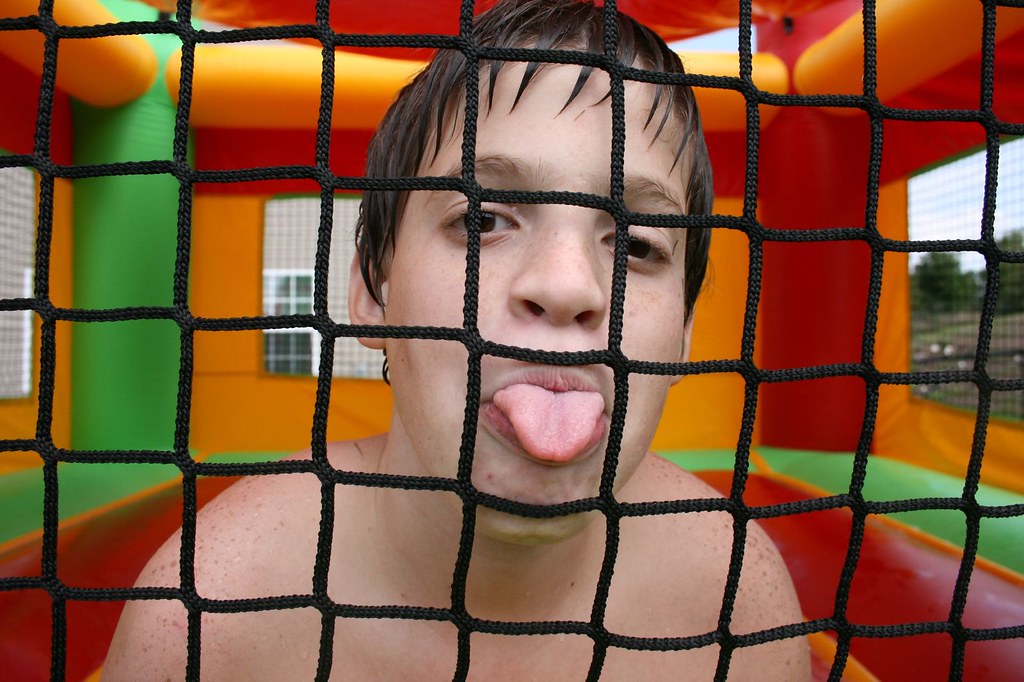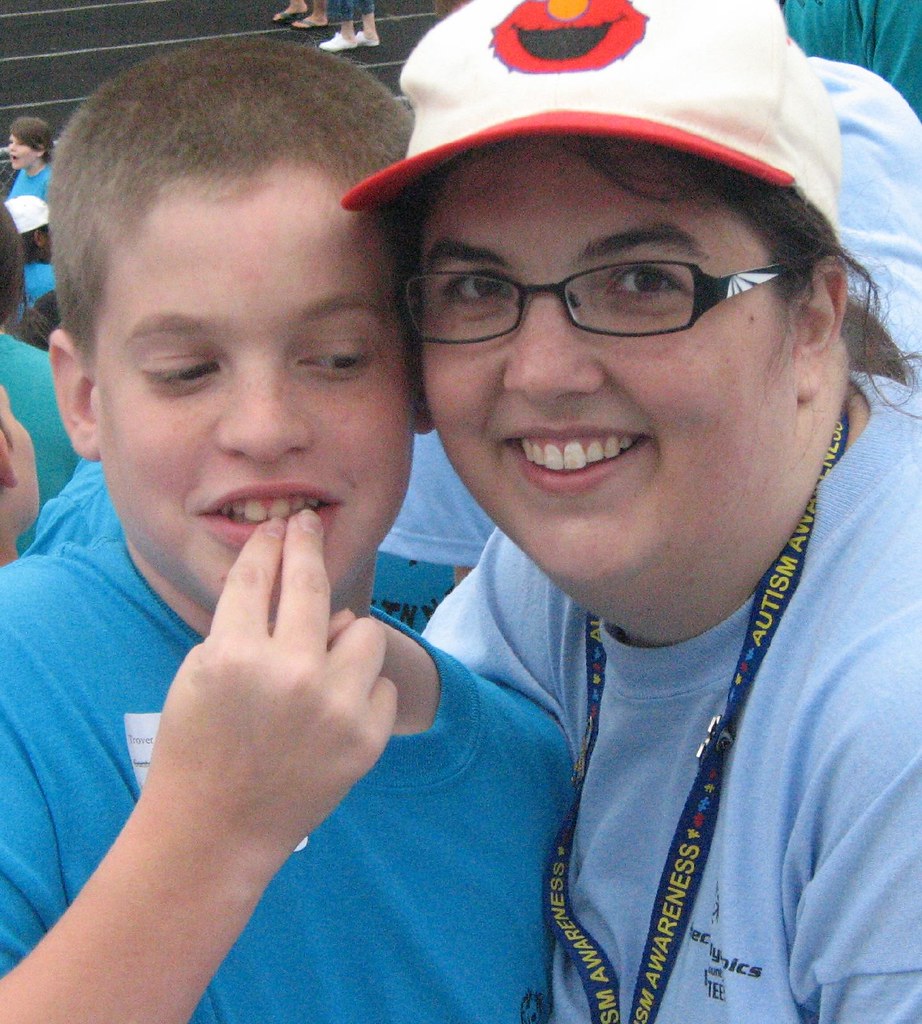A big issue in special education currently is for students with significant cognitive impairments to have access to the same curriculum as general education students. There are many pros and cons to the issue I will list a few of my opinions, simply because I'm an opinionated person :-) In subsequent posts, I hope to give you some ideas on *how* I access general education standards and still try to make it meaningful for my students.
But I figured I'd get the opinionated part out of the way first ...
Pros
- I spend a lot of time and energy trying to educate typical peers about my students and one of the things I try to make clear is that my students can do many of the same things that they can, just in a different way. Having my students learn about the same topics as their typical peers gives them an opportunity to illustrate that academically.
- Many of the general education standards (especially the "Listening, speaking, viewing" ones) are extremely similar to the IEP goals that my students are already working on, so obviously I think those are applicable and relevant.
- Many of the science standards are very reinforcing to students with autism, which makes them easy and fun to work on. This past week, for example, we were working on simple machines and my students had a great time making pulleys and wheels and axles.
- You never know a student's potential! I'm always amazed at what my students pick up on and retain. I have met and talked with adults with autism who were in special education classes for kids with severe intellectual disabilities and treated like they were stupid - but they tell me they understood things, just couldn't express it (until one day something "clicked") and these people now have PhDs. I'm doing my students a huge disservice if I just assume they don't understand anything and don't at least expose them to a variety of ideas and information.
- There are only so many hours in a school day. How do I find time to teach my students about the Civil War, geometry, poetry AND still have time to work on things like eating with a fork, using the toilet, holding a pencil, learning how to play appropriately, sit in a group, etc. I mean look at the ABLLS-R (which is what I use as an assessment and curriculum guide for my students) - there are 481 items (not counting the 56 in the reading/math/writing sections) that focus on communication and functional skills - the skills deemed necessary to be ABLE to learn in a general education class. Your typical child has these skills by the time they enter kindergarten (or preschool!), so general education students don't have to work on them. However, they are skills you NEED to function in the "real world". How do I work on all of those skills PLUS fit in a whole other day's worth of instruction in academics - all in ONE day?
- Seriously - is it more important to be able to ask for something you need or tell someone you're in pain, or to tell me what contributions some famous person in history gave to society? If you can't feed yourself, speak, play with a toy, or sit in a chair for 30 seconds - when is being able to explain how many planes and angles an octagon has going to come in handy?
- I have students in kindergarten, first, second, third, fourth, and fifth grade in my class. Each of those grades has different standards. We're back to the 'only so many hours in a day' argument, just from a different angle.
Here are some links to sites with more information on aligning IEPs with standards and/or providing access to general standards:
K8 Access Center
Curriculum Access for Students with Low-Incidence Disabilities
from the Council for Exceptional Children
Some books that I have found helpful:
Accessing the General Curriculum
Teaching Literacy to Students with Significant Disabilities
Teaching Language Arts, Math, & Science to Students With Significant Cognitive Disabilities
Aligning IEPs to Academic Standards
And materials that I LOVE:
Exploring Science
Curriculum Companions
Millie, Trudy, Bailey, Sammy
Childcraft Lotto games (their website is down for maintenance right now, I'll add the link later - but I will probably have to make an entire blog post about these - they might be my favorite materials that I have in my classroom!)
I will be posting, soon, examples of standards and how I modify or adapt them for my students. I often try to tie in functional skills or find other ways to make them meaningful for my students and I will elaborate on how I do that.
In the meantime, please visit my class blog to see examples of my students accessing general education standards.


















